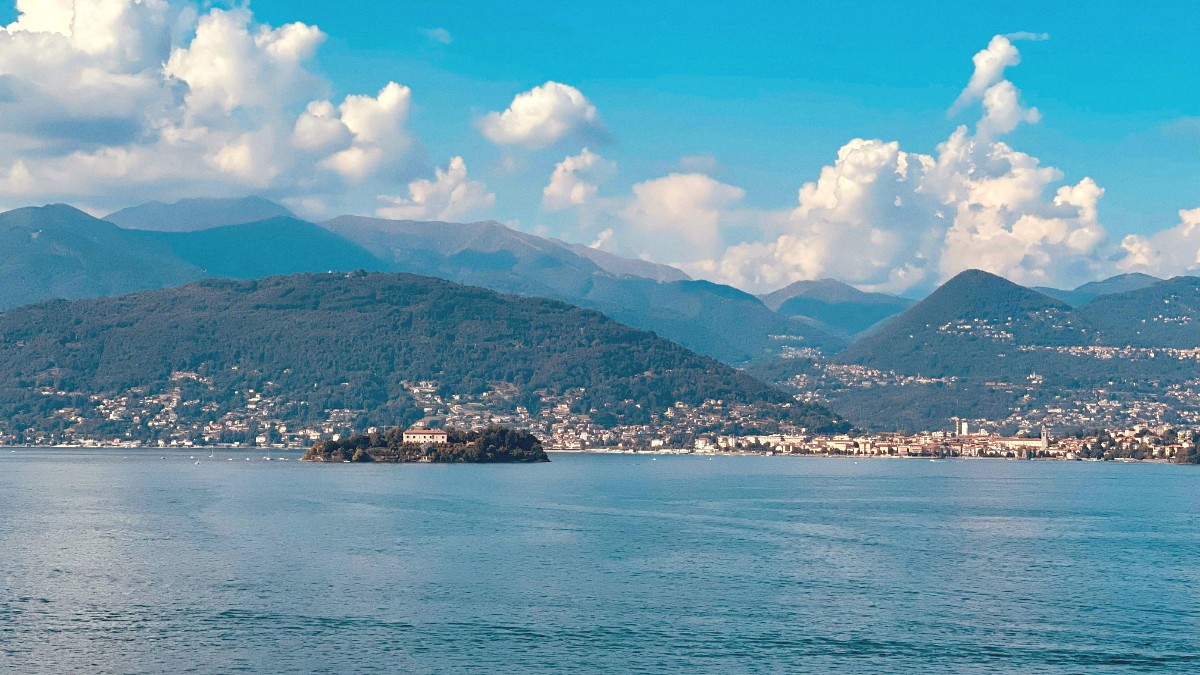
The Italian Lakes, Italy
Piedmont, a region of Italy known for its rich, hearty, and somewhat rustic cuisine. It features influences from neighboring France and Switzerland, setting it apart from the more pasta-focused or tomato-rich dishes found in Southern Italy. Lake fish a notably prized local specialty.
Piedmontese cuisine evolved from the traditions of the House of Savoy, which ruled the region. The proximity to Lake Maggiore also means freshwater fish forms a significant part of the local diet. The region embraces the "slow food" movement, emphasizing locally sourced, traditional products and methods.
Local cheeses include creamy Gorgonzola, semi-hard Toma, and various fresh and aged cheeses. Salami and prosciutto from the region are high quality and often feature as antipasti.
Lavaret (coregone), perch (persico), and trout from Lake Maggiore are common ingredients, often prepared simply to highlight their delicate flavor. Hazelnuts famous from the Langhe area and used in desserts. Chestnuts a seasonal treat in autumn.
While Stresa shares the broader Piedmontese culinary identity, its lakeside location puts a specific emphasis on freshwater fish dishes. Compared to other parts of Piedmont, you might find fewer heavy meat stews in summer, with lighter preparations of fish being more popular. However, in cooler months, the hearty traditions of Piedmont, including game and rich sauces, are more prevalent.
A creamy rice dish prepared with local porcini mushrooms, specifically flavorful in autumn.
A classic autumnal delight.
Hearty cornmeal porridge served with slow-cooked beef (brasato) or game meats (selvaggina), a comforting dish, especially in cooler weather.
Rustic and comforting.
A mixed fried platter of fresh lake fish, often featuring perch, lavaret, and whitefish. A lighter option that showcases the lake's bounty.
Fresh catch from Lake Maggiore.
Piedmont a premier wine region. Red Wines: Barolo and Barbaresco. Dolcetto and Barbera. White Wines: Arneis and Gavi. Vermouth originated in Turin. Grappa, a strong spirit after a meal. Espresso, and local mineral water (naturale or frizzante).
Marron Glacés (candied chestnuts), Amaretti (almond cookies), Baci di Dama ("Lady's Kisses").
Stresa features several fine dining venues for a luxurious culinary experience.
These establishments offer quality Italian food at accessible prices.
For quick, affordable bites or self-catering options.
Italian cuisine dominates the dining scene in Stresa. While some larger hotels may feature a limited selection of international dishes, the focus is firmly on delivering an authentic Italian and regional culinary experience.
For more diverse international options, Milan a short train ride away.
Stresa has no large, dedicated indoor food halls. The weekly market serves as the main outdoor food market.
Consider nearby town markets for more extensive selections on other days.
Vegetarian options increasingly available. Vegan options might require specific requests.
Very limited or non-existent options in Stresa. Self-catering is advised or explore larger cities like Milan.
Awareness growing. Many pizzerias gluten-free crusts. Always inform staff about allergies.
Carrying a dietary Translation card in Italian can be very helpful.
When dining in Stresa, seek out restaurants specializing in "pesce di lago" (lake fish). This local delicacy a true taste of the region, often prepared simply to highlight its fresh flavor.
Look for "Coregone" or "Persico" on menus.
Embrace the Italian aperitivo tradition. Enjoy a pre-dinner drink with complimentary snacks at a bar along the promenade.
A relaxing way to experience local evening life.
Participating in a cooking class focused on Piedmontese techniques and ingredients deepens appreciation for the local culinary heritage.
Organized day trips to nearby wine regions (like Langhe) or cheese producers offer comprehensive tastings and insights into local production.
Many local restaurants proudly serve "pesce di lago" (lake fish), a staple of the region.
The region's famous wines, like Barolo and Barbaresco, complement local dishes.
Piedmont embraces the Slow Food movement, emphasizing locally sourced, traditional products.
Specify "acqua naturale" (still) or "acqua frizzante" (sparkling). Bottled water is common; free tap water rarely an option.
Asking for "acqua del rubinetto" (tap water) is not customary.
Tipping is not obligatory as service charge often included. Rounding up to the nearest euro or leaving a few euros for outstanding service is a kind gesture.
For large groups, a service charge (servizio) may already appear on the bill.
Fritto Misto di Lago is a popular dish of mixed fried lake fish from Lake Maggiore, a true local specialty.
Often prepared simply to highlight the fresh, delicate flavor of the fish, served as a light and tasty main course.
Typically served with a wedge of lemon and a simple green salad, making it a refreshing meal, especially in warmer weather.